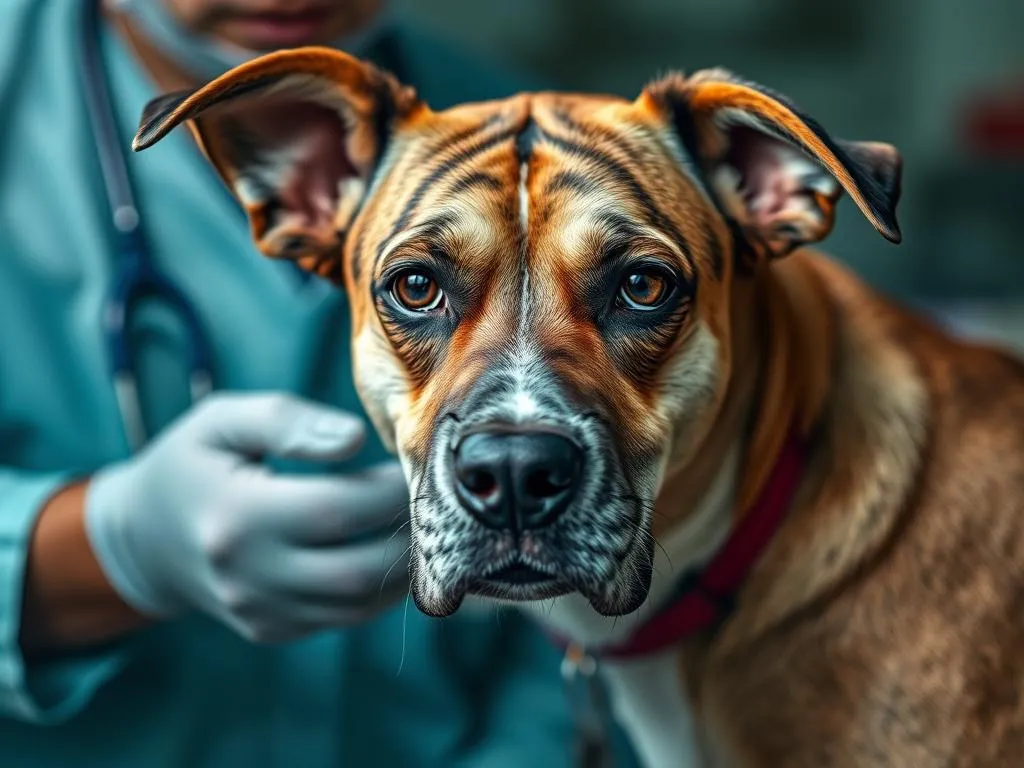
Taking care of a dog goes beyond just feeding and walking. Regular veterinary care is essential for ensuring your furry friend lives a healthy, happy life. However, many pet owners struggle with determining when to take their dog to the vet. Understanding your dog’s health and recognizing signs of illness can make all the difference in their well-being. Here’s a comprehensive guide to help you navigate this crucial aspect of pet ownership.
Understanding Your Dog’s Health
Normal Behavior and Health Indicators
A healthy dog typically exhibits certain behaviors and physical signs. Knowing what constitutes a healthy dog is the first step in recognizing when something might be amiss. Look for the following indicators:
- Eating Habits: A healthy dog usually has a consistent appetite. If your dog suddenly loses interest in food or drink, it could signal an underlying issue.
- Energy Levels: Dogs are generally energetic and playful. A noticeable decrease in energy or enthusiasm can be a red flag.
- Coat Condition: A shiny coat often indicates good health, while a dull, dry, or flaky coat may suggest nutritional deficiencies or health problems.
Knowing your dog’s baseline health will help you identify when they are unwell. Regular observation is key.
Recognizing Signs of Illness
Even the most attentive dog owners can miss subtle signs of illness. Here are common symptoms that should prompt you to consider a veterinary visit:
- Lethargy: If your dog seems unusually tired or uninterested in activities they usually enjoy, it’s time for a vet check.
- Loss of Appetite: A sudden change in eating habits can indicate various health issues.
- Vomiting or Diarrhea: Occasional digestive upset may not be alarming, but persistent vomiting or diarrhea can lead to dehydration and should be evaluated by a vet.
- Coughing or Sneezing: Respiratory issues should not be overlooked, especially if accompanied by other symptoms.
Being aware of behavioral cues is essential for timely veterinary intervention.
Common Situations Requiring Veterinary Attention
Acute Health Issues
Acute health problems require immediate attention. These can arise suddenly and can be serious. Recognizing these situations can be lifesaving:
- Injuries: If your dog suffers an injury, such as a cut or broken bone, it’s crucial to seek veterinary care immediately.
- Sudden Illness: Symptoms like difficulty breathing, inability to stand, or severe bleeding warrant an emergency vet visit.
Time is of the essence in these cases, and prompt action can prevent serious health complications.
Chronic Health Conditions
Chronic health conditions, such as diabetes or arthritis, require ongoing management. As a dog ages, they may develop these issues, and it’s important to monitor their symptoms closely:
- Worsening Symptoms: If your dog with a known condition starts exhibiting worsening symptoms, such as increased thirst, frequent urination, or difficulty moving, consult your veterinarian.
- Routine Check-ups: Regular check-ups are crucial for managing chronic conditions effectively and adjusting treatment plans as needed.
Preventive Care and Routine Check-ups
Preventive care is a cornerstone of responsible pet ownership. Regular vet visits can help catch potential health issues before they become serious:
- Vaccinations: Keeping your dog’s vaccinations up to date is essential for preventing diseases.
- Dental Care: Regular dental check-ups can prevent oral health issues, which can lead to systemic health problems if left untreated.
- Wellness Checks: Annual or bi-annual wellness checks can help ensure your dog remains healthy and allow for early detection of any health issues.
The recommended schedule for routine veterinary visits can vary based on your dog’s age and health status, so discuss this with your vet.
When to Avoid Delaying a Vet Visit
Emergency Situations
Understanding what constitutes a veterinary emergency can save your dog’s life. Here are some critical symptoms that require immediate attention:
- Poisoning: If you suspect your dog has ingested something toxic, contact your vet or an emergency animal clinic without delay.
- Breathing Difficulties: Labored breathing, excessive panting, or blue-tinged gums are signs that your dog needs urgent care.
- Severe Pain: If your dog is vocalizing distress, whining, or exhibiting signs of severe pain, do not wait to seek help.
Behavioral Changes
Behavioral changes can be significant indicators of health problems. If your dog exhibits any of the following concerning behaviors, it’s advisable to visit the vet:
- Aggression: Sudden aggression can indicate pain or health issues.
- Hiding: If your dog is hiding or isolating themselves, it could be a sign of illness or distress.
Trust your instincts; if something seems off, it’s better to consult your veterinarian.
Preparing for Your Vet Visit
What to Bring
Preparation can enhance the efficiency of your vet visit. Here’s a list of essential items to bring:
- Medical Records: If you are visiting a new veterinarian, bring any existing medical records, vaccination history, and previous treatment details.
- List of Medications: Provide a list of any medications your dog is currently taking, including dosages and frequency.
- Symptoms Checklist: Jot down any symptoms or behavioral changes you’ve noticed to discuss with the vet.
Questions to Ask Your Veterinarian
Being proactive during your vet visit can lead to better health outcomes. Here are some suggested questions to ask:
- What could be causing my dog’s symptoms?
- Are there any tests you recommend?
- What treatment options are available, and what do they entail?
- How can I prevent similar issues in the future?
Discussing your concerns openly can lead to a more comprehensive understanding of your dog’s health.
Cost Considerations and Pet Insurance
Understanding Veterinary Costs
Veterinary care is an essential investment in your dog’s health, and understanding typical costs can help you prepare:
- Routine Visits: Basic wellness check-ups can range from $50 to $150, depending on location and services provided.
- Treatments and Medications: Costs for treatments can vary significantly, so it’s important to discuss potential expenses with your vet upfront.
The Role of Pet Insurance
Pet insurance can provide financial peace of mind, especially in emergencies. Here’s how it can help:
- Cost Coverage: Many policies cover a percentage of vet bills, which can alleviate financial stress during unexpected health crises.
- Preventive Care: Some plans include coverage for routine check-ups and vaccinations, making it easier to keep your dog’s health on track.
When selecting pet insurance, consider factors such as coverage limits, exclusions, and deductibles to find the right policy for your needs.
Conclusion
Knowing when to take your dog to the vet is crucial for ensuring their health and well-being. Regular monitoring of your dog’s health, recognizing signs of illness, and being proactive about veterinary care can make all the difference. Trust your instincts as a pet owner; if something feels off, don’t hesitate to consult your veterinarian. Establishing a good relationship with a vet and staying informed about your dog’s health can lead to a long, happy life together. Regularly monitor your dog’s health and stay tuned to their needs—your vigilance can be their best defense against illness.









